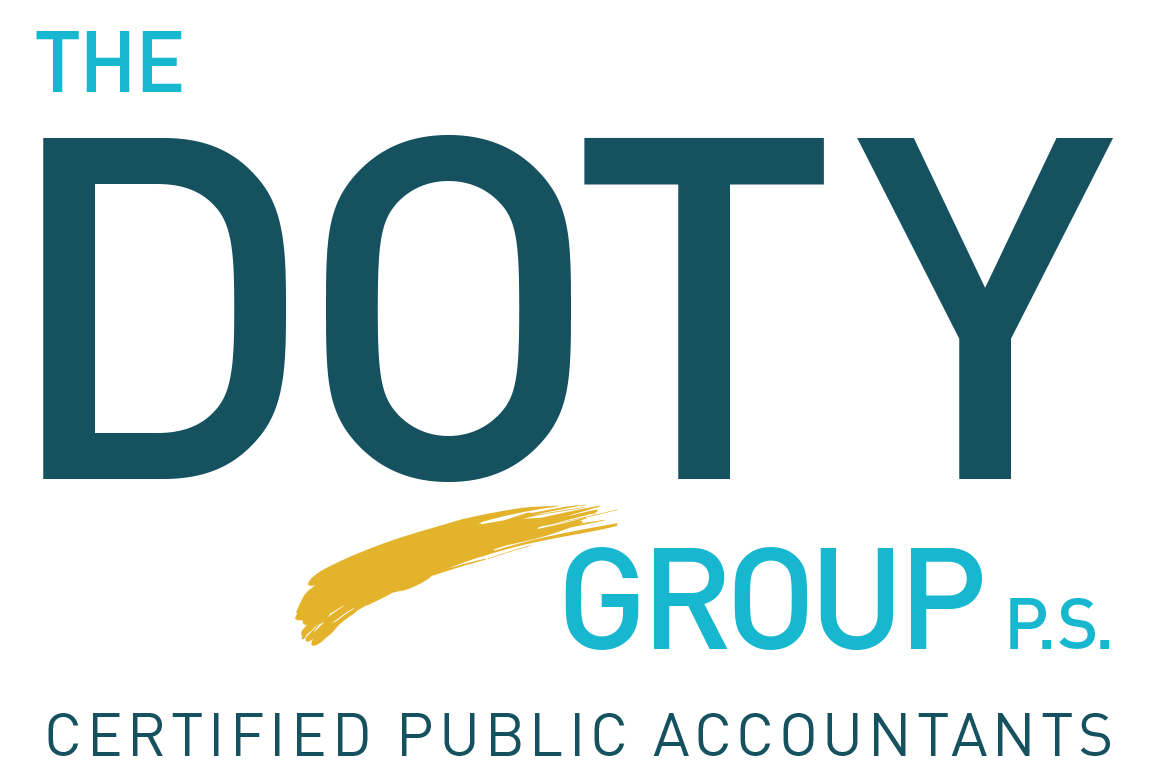Tips Vs. Service Charge - FAQ
It has been said that the only constant in this world is change, and in the restaurant industry, it can seem like change occurs as often as incoming orders during the dinner rush. Workforce demands, in addition to legislative action, have influenced many restaurateurs to move from utilizing tips to adding a service charge as part of the customer’s bill. It’s important to consider the impact this change can have on the tax filings of a business.
How does a service charge impact net income?
Service charges, sometimes referred to as an automatic gratuity, are considered revenue, but they are typically used to pay for various employee benefits and higher wages, which yield a corresponding deduction and may net to zero income tax effect. However, certain state and local taxes are based off gross receipts rather than net income. For Washington State tax purposes, a voluntary tip paid to service staff is not considered income to the business. Conversely, an automatic gratuity or service charge where the customer has no control would be considered taxable for both B&O and sales tax purposes, regardless of whether the charge is used to pay the service staff.
What does a service charge mean for a FICA tip credit?
Another consideration is the federal tip credit for Federal Insurance Contribution Act (FICA) taxes paid on eligible employee tips. Eliminating tips also eliminates the credit, and any increase in FICA taxes for the higher employee wages only creates a deduction rather than a credit.
What is the primary benefit of a service charge?
The increased benefits and wages brought on by a service charge can be a useful tool to retain talent in a competitive labor market. The tax implications should be carefully considered when making any business decision, however, they are not the only consequences to consider. If the move to implementing a service charge looks to be in your restaurant’s future, speak to your CPA or business advisor to make sure you understand impact of the change.
Catalin Clarke, CPA
Senior Accountant, Tax

